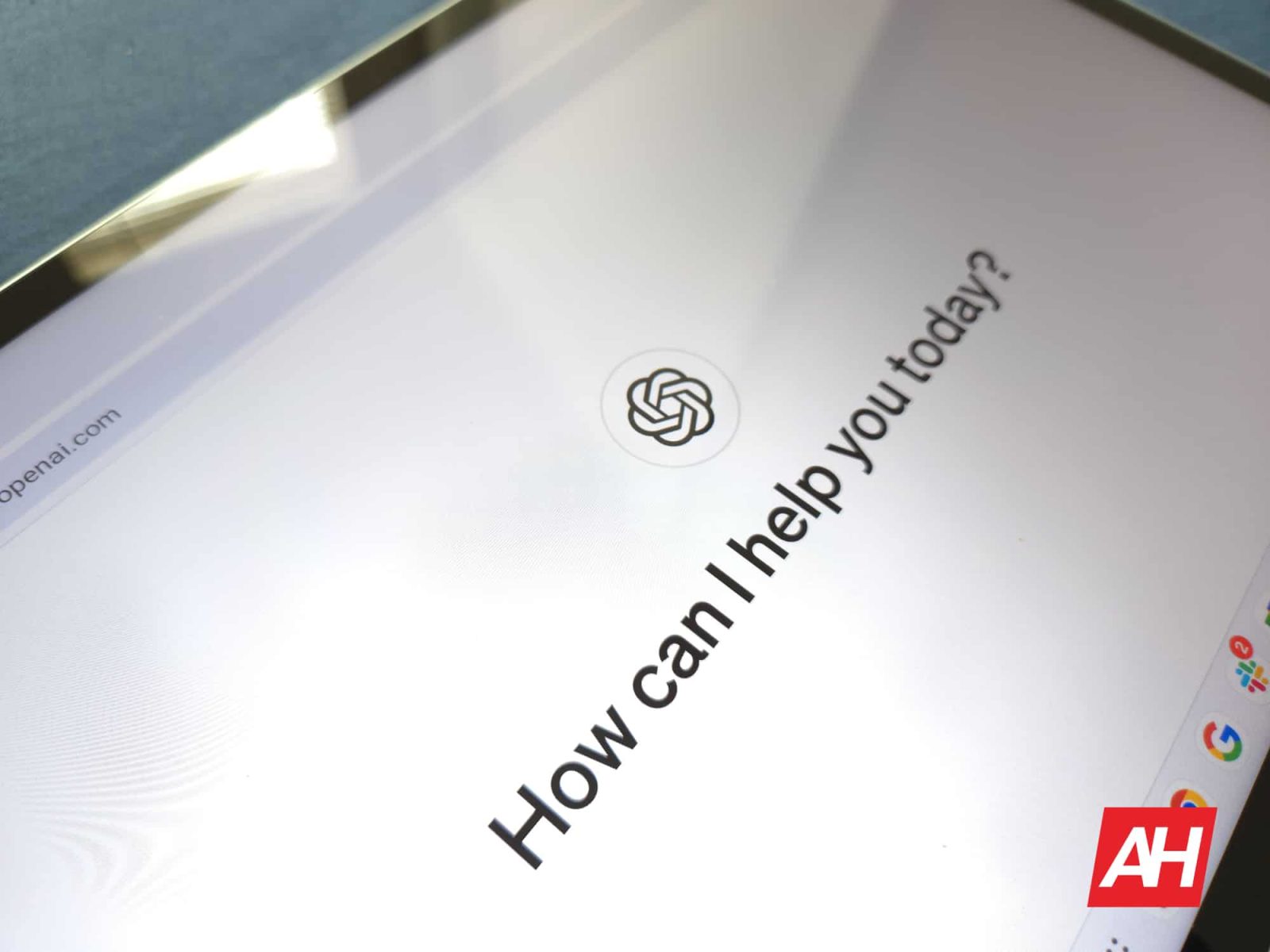OpenAI’s O3 Can Use Images While Reasoning

Summary: OpenAI recently announced some new models, and one of them is called o3. Well, according to a new report, o3 can now use images while reasoning. This will further enhance its reasoning capabilities and lead to smarter results.
OpenAI constantly has new features and models for its users. It’s the company’s philosophy to release often, and one of its most recent announcements involved its most powerful model. Named o3, this is an incredibly powerful reasoning model, and it further increases the company’s dominance over the AI market.
While many of the AI features we see nowadays have been done before, OpenAI just announced something that’s unprecedented. We’re sure that other companies will emulate this in the future.
The AI world is all about reasoning models. These are the smartest models on the consumer market, as they take extra time to “think” about the answer that they’re giving. Also, they show the user their chain of thought. This makes it easier to know how these models come to their answers. This is what makes them well-sought-after for business applications.
OpenAI recently released o3 and o4-mini, and the company also announced that they use every service from within the ChatGPT ecosystem. This includes searching the web, uploading files, generating images, and using Python. Among the features, o3 and o4-mini can use images within their reasoning.
This means that you can upload an image to the model, and it will use the information present in the image to steer its outcome. Say, you want to identify a ship within the image, the model will analyze the image and even zoom into it while it’s reasoning. It will look at the image while using other tools to come to the right answer.
It’s like asking someone a question and giving them an image to help them with their answer. It’s a great feature, and we know that it will inspire other companies to follow in OpenAI’s footsteps.
What’s your reaction?
Love0
Sad0
Happy0
Sleepy0
Angry0
Dead0
Wink0


![what-features-do-you-get-with-gemini-advanced?-[april-2025]](https://betadroid.in/wp-content/uploads/2025/04/16164-what-features-do-you-get-with-gemini-advanced-april-2025-280x210.jpg)






Leave a Reply
View Comments